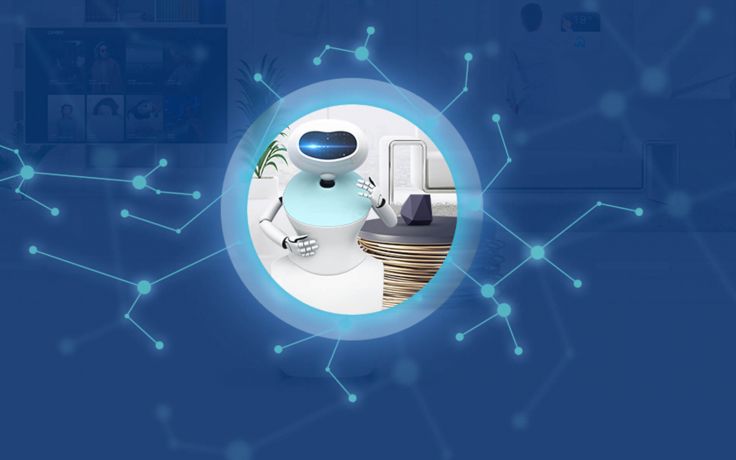Automating OSS in Telcos: How to Overcome the Challenges of Zero-touch Network Design and Optimization
- Published
- 3 min reading

Artificial intelligence (AI), machine learning (ML), OSS automation… we tend to overuse these phrases in every field touched by technology. So it’s worth taking a brief look at what they actually mean.
OSS automation in IT from the perspective of artificial intelligence and machine learning
AI involves optimization and search algorithms, used by computers to find and implement solutions to specific problems. ML refers to processors being able to analyze vast quantities of data and predict how a given situation might impact overall operations. Finally, automation refers to the process of defining certain rules or conditions, contingent on which a system will carry out an action.
Communication service providers (CSPs) have had most success using AI and ML to automate business operations – for billing, invoicing and provisioning. It’s been much more challenging to automate processes on the network side, such as planning, configuration and optimization. This is because CSPs’ networks are traditionally composed of mixed legacy infrastructure that can prove costly and time-consuming to integrate. That’s a vital point, because successful operations support system (OSS) automation relies precisely on integration, without which the costs can easily outstrip the benefits. So, for CSPs, there’s a strong incentive to shift to integrated, even virtual network architectures in order to make the time and financial savings that can give them a competitive edge via automation.
Telcos also need to be clear about what they hope to achieve from OSS automation in IT
In the first case, a CSP may look at automating functions such Internet service provisioning via self-organizing network (SON) and service/network fulfillment solutions. The assumption of this scenario is that the appropriate implementation will allow such functions to be performed fully autonomously, based on pre-defined algorithms and business rules. In the second scenario, assisted support, there is no end to end automation as such. Instead, computers are directed to capture, process and analyze data from given sources, and to present the results to a human operator who will then feed that information back into the system to trigger specific network actions.











